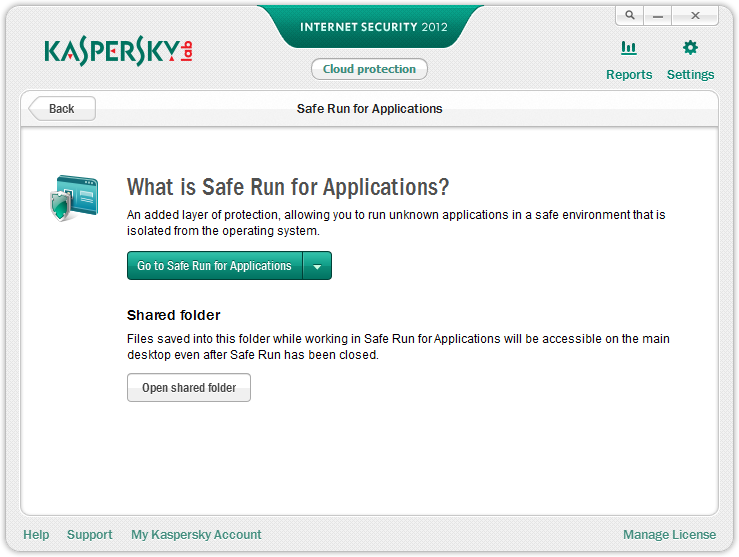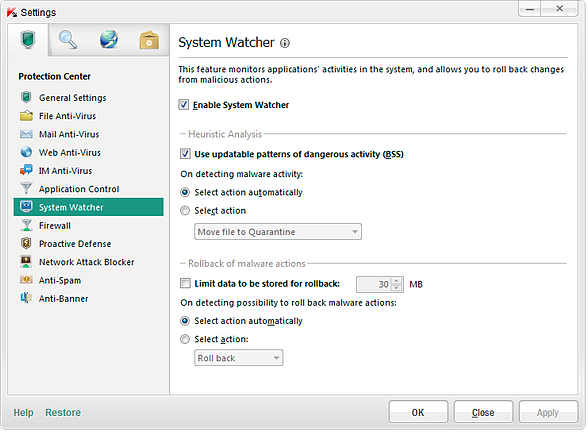November 8, 2011
Is Microsoft Planning to Take Over the Security Market with Its New Windows 8 Features? – Alexey Polyakov in the Spotlight
Windows 8 is coming! In line with its tendency to introduce high-profile security features in each new version of its operating system, Microsoft is unleashing some pretty interesting new protection technologies with its next OS release. In fact, some of them may dramatically change the cyber threat landscape and bring the security industry a set of very handy tools for protecting users against sophisticated threats like rootkits.
 Today my “in the Spotlight” guest is Alexey Polyakov, the Head of KL’s Global Emergency Response Team, our consulting service that assists enterprises in investigating security incidents, and auditing and improving corporate security policy.
Today my “in the Spotlight” guest is Alexey Polyakov, the Head of KL’s Global Emergency Response Team, our consulting service that assists enterprises in investigating security incidents, and auditing and improving corporate security policy.
Ever since graduating from Moscow State University with an M.Sc. in Physics, Alexey’s been working in the IT security industry – now for 15 years – with a résumé featuring positions at McAfee, IBM, Symantec and Microsoft.
Prior to joining us at KL Alexey worked as a senior security program manager at Microsoft, where he became the proud founder of the Microsoft Security Response Team and was one of the key members of the company’s security development. He’s authored and co-authored security technologies protected by 12 patents, and one such technology was Secure Boot – perhaps the most ambitious advance in Windows 8 in terms of security.
So, let’s see what our man can tell us about what to expect from Windows 8 from the security standpoint, and how this might change the security market.
Microsoft’s recent ‘Build’ conference made rather a splash in the industry by announcing many useful features in its upcoming Windows 8. While mostly addressing the new user interface, performance issues and multi-platform support, the company also presented a number of security innovations.
What do you think about Microsoft’s products’ security in general?
More > Some nice tools to make cyber criminals’ life harder…





![YOU CAN NEVER GET TOO MANY AWARDS. SEE 1ST COMMENT FOR ENGLISH ⏩
"А из нашего окна страна Австрия видна!" - практически (с). Но в этих австриях я был не смотреть из окна, а по многочисленным деловым делам, первое из которых - лично получить несколько важных наград и множество сертификатов от независимой тестовой лаборатории AV-Comparatives.
Это далеко не первая наша награда. Скажу больше - на протяжении последних десяти лет по результатам независимых тестов к нам даже близко ни один конкурент не подобрался. Но почему тогда такое внимание конкретно к этой победе? Ответ простой: густопопсовый геополитизм. В наше весьма геополитически [очень мягко говоря] непростое время... Ну, если отбросить все казённые слова, то будет, как в известном анекдоте про поручика Ржевского. В той самой истории, когда ему указали повторить свою фразу без матерщины. На что тот ответил: "Ну, в таком случае я просто молчал".
Так вот, в наше "поручико-ржевско-молчаливое время" участвовать и получить первые места в европейских тестах - это за пределами научной и ненаучной фантастики. Что в целом совпадает с одной из основных парадигм моей жизни: "Мы делаем невозможное. Возможное сделают и без нас" (с). Большими трудами и непомерными усилиями - да! Это можно! Мы заделали такие продукты, такие технологии, такую компанию - что даже в непростое время нас и в Европах знают, уважают, любят и пользуются. Ура!](https://scontent-iad3-2.cdninstagram.com/v/t51.29350-15/430076034_1096357205018744_692310533755868388_n.heic?stp=dst-jpg&_nc_cat=103&ccb=1-7&_nc_sid=18de74&_nc_ohc=XLII-tX29aoAX80SM4u&_nc_ht=scontent-iad3-2.cdninstagram.com&edm=ANo9K5cEAAAA&oh=00_AfBINCtkZ3-r_aTvdSC36JELI05V6PuBnMWs672PK3GsBQ&oe=65E63D48)















